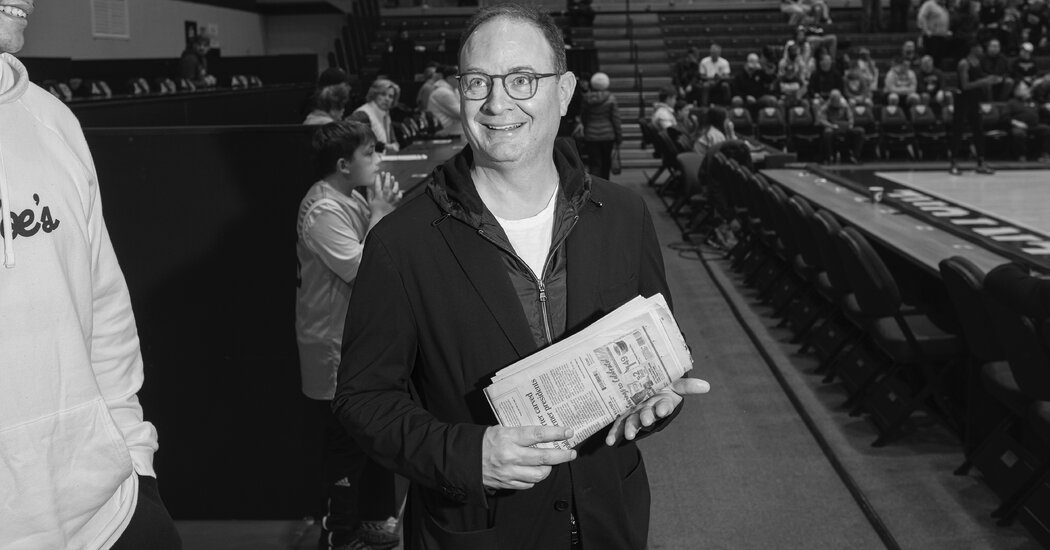Physical Address
304 North Cardinal St.
Dorchester Center, MA 02124
Physical Address
304 North Cardinal St.
Dorchester Center, MA 02124

You may be wondering what college basketball team general managers really do. So are many people, including some general managers. Places evolve, and in different schools they evolve differently. That’s one thing no but here’s what you might expect: an executive who dresses for the job and makes executive decisions, like a GM in professional sports.
In college basketball, the general manager reports to the head coach. They usually wear polo shirts or pullovers with the team’s logo on them. (A dry cleaner recently asked Wojnarowski’s wife why she no longer carries her husband’s clothes.) They might negotiate a contract or identify potential employees. They may also pick people up at the airport. “The title of ‘general manager’ usually means something in the NFL or NBA,” said John Currie, director of athletics at Wake Forest. universities, it’s all over the map.”
Few schools had a general manager of football when Rachel Baker joined the Duke basketball team in June 2022. Baker currently spends most of her time helping players develop their personal brand, which makes sense, since he worked at Nike for almost ten years. Tony Bollier, Butler’s general manager, had two roles on the NBA board and managed the development team of the Milwaukee Bucks. Now he helps oversee the money for men’s basketball, attends practices and sits on the bench during games. Alex Kline, who was a talent scout for the New York Knicks, now serves in the same role at Syracuse. Baker Dunleavy is the son of a former NBA head coach; One of his brothers is a general manager of the NBA, and the other is a businessman. He was the head coach at Quinnipiac when he left in 2023 to run the NIL and transfer portal for Villanova’s men’s and women’s programs.
What these GMs have in common is a significant involvement in the recruiting process, which is even more chaotic than in college football. The entire list can change from one season to the next. The potential for disruption is far greater than in professional sports, where a team can draft outstanding players and expect them to have multi-year contracts. In today’s college basketball, everyone becomes a free agent every offseason. If one Bonnie is All-Conference one year, he’ll almost certainly be gone the next – somewhere like Syracuse or Kentucky (or the NBA). Recently, NIL basketball money has also reached a plateau seen in college football. Last December, a Massachusetts high school forward named AJ Dybantsa chose Brigham Young over North Carolina and Kansas. He will earn up to $7 million next season.
For all but the richest programs, the situation will soon become difficult. NIL money does not come directly from colleges and universities, although the coaching staff determines who gets it. Beginning this fall, however, schools will also be allowed to pay their players. The money will be distributed within the revenue management system expected to be limited to about 20 million dollars per school. But not every athletic department has an extra $20 million — or even $1 million — to spend on athletes. The financial benefits available to teams at major schools will increase significantly. “And at some point,” Wojnarowski said, “it’s going to show up in court. It’s him.”